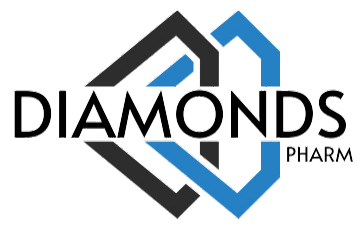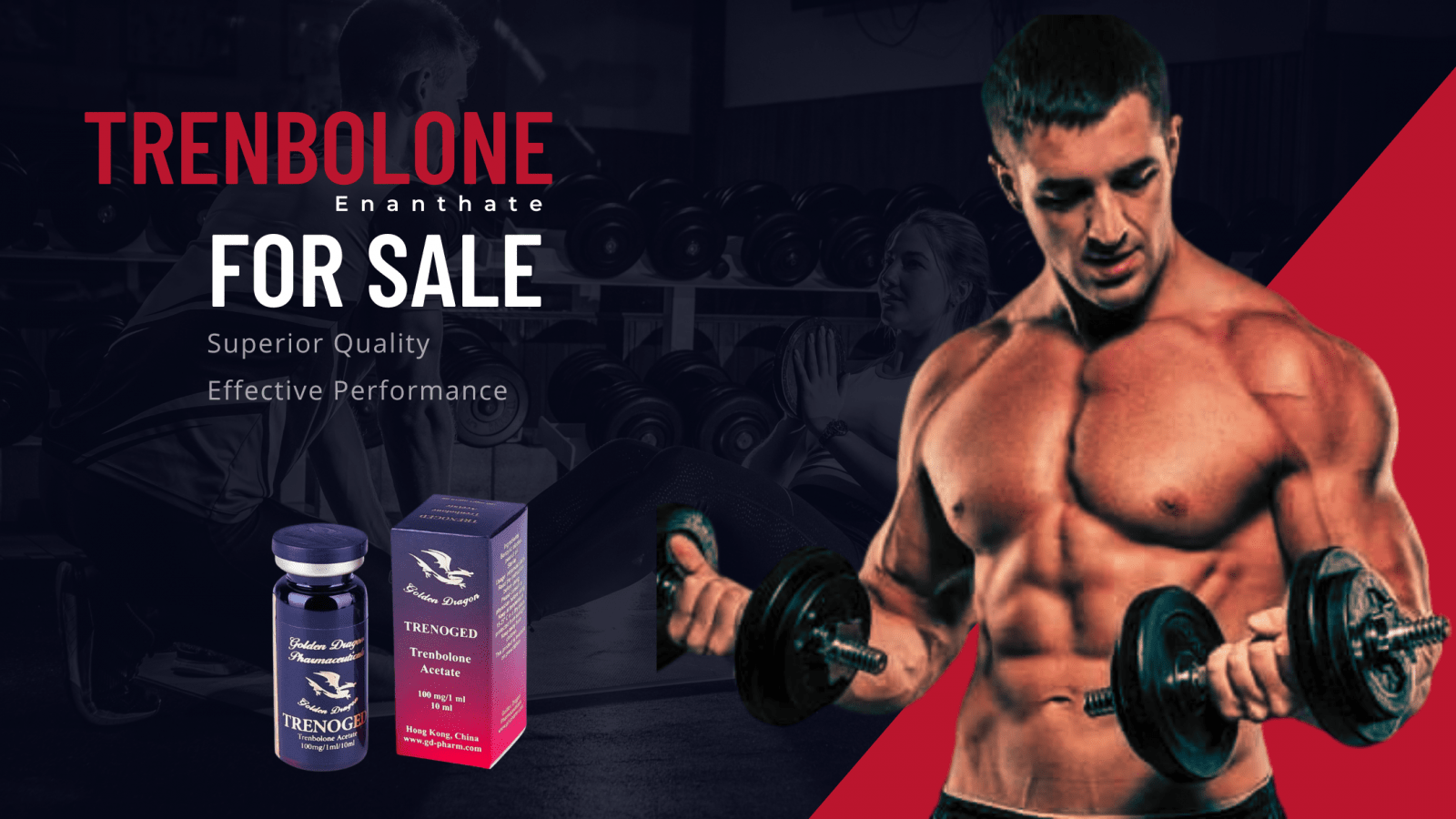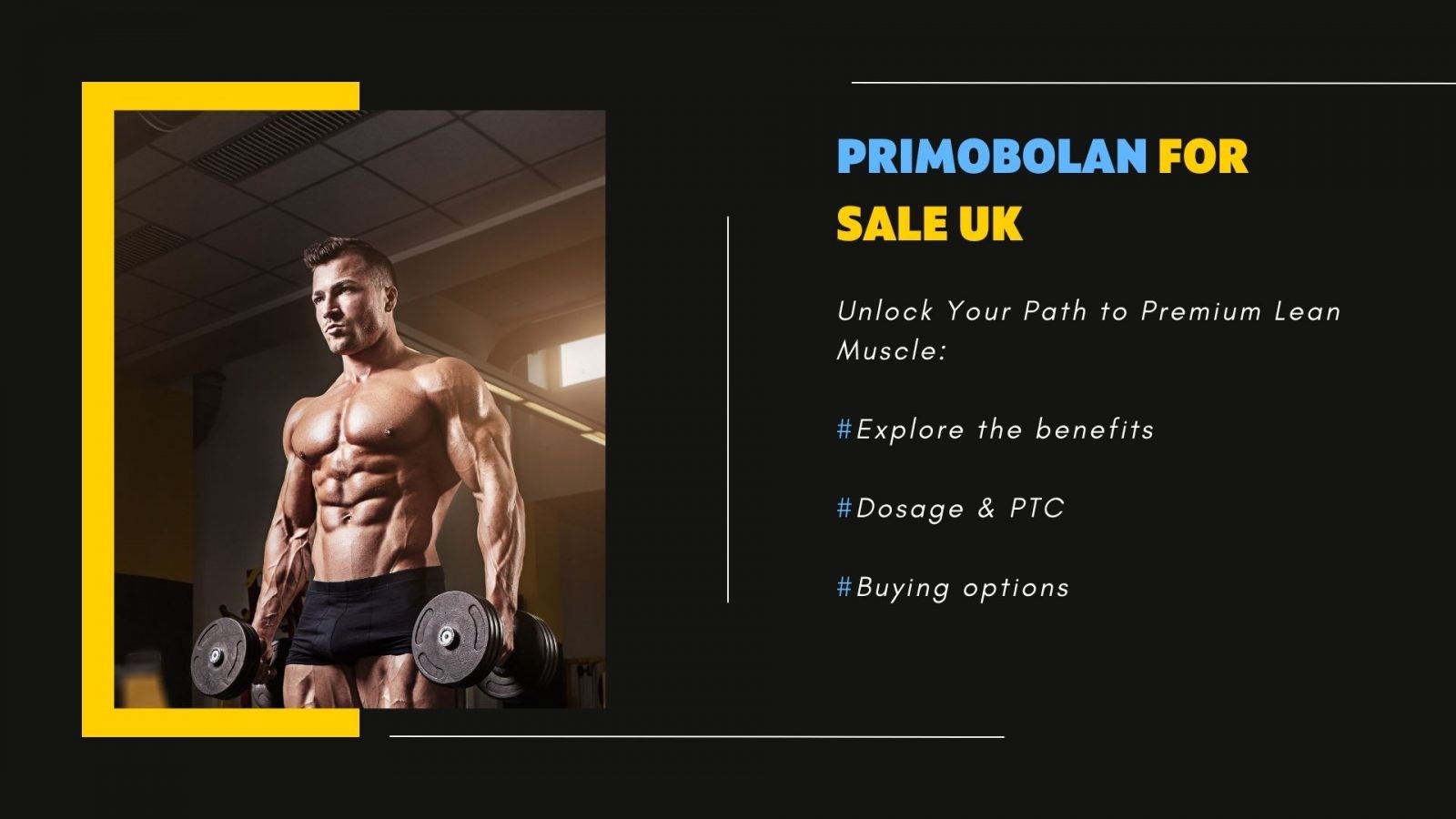
Introduction
Bodybuilding is a discipline that combines intense workouts, nutrition, and dedication to build a strong, muscular physique. This comprehensive guide will delve into the world of bodybuilding, exploring the principles, training techniques, nutrition strategies, and mindset required to achieve remarkable results. Whether you’re a beginner embarking on your bodybuilding journey or a seasoned enthusiast, this article will provide valuable insights to help you sculpt your way to strength and aesthetics.
Bodybuilding: Understanding the Foundations
Bodybuilding involves structured resistance training with the goal of building and shaping muscles. It goes beyond mere exercise, emphasizing the development of muscular symmetry, proportion, and definition. Let’s dive into the key aspects of bodybuilding:
1. Progressive Resistance Training
Progressive resistance training is the cornerstone of bodybuilding. It involves gradually increasing the weights, repetitions, or intensity of exercises over time to continually challenge and stimulate muscle growth. This process leads to muscle hypertrophy, where muscle fibers adapt and grow in response to the increased demands placed upon them.
2. Nutrition and Diet
Nutrition plays a vital role in bodybuilding. To support muscle growth and recovery, bodybuilders typically follow a well-balanced diet rich in protein, complex carbohydrates, and healthy fats. Caloric intake is carefully monitored to ensure a slight surplus for muscle gain or a deficit for fat loss, depending on individual goals.
3. Rest and Recovery
Rest and recovery are essential components of the bodybuilding process. Adequate sleep, rest days, and proper recovery techniques allow muscles to repair and grow stronger. Overtraining can impede progress and increase the risk of injury, so finding the right balance between training and recovery is crucial.
4. Mindset and Discipline
Bodybuilding requires mental fortitude and discipline. It entails setting specific goals, staying focused, and maintaining consistency in training and nutrition. Patience and perseverance are essential, as building an impressive physique takes time and dedication.
Bodybuilding Training Techniques
Bodybuilders employ various training techniques to maximize muscle growth and definition. Here are some commonly used methods:
1. Split Training
Split training involves dividing workouts into different muscle groups on separate days. This allows for focused and intense training of specific muscle groups while providing adequate recovery time.
2. Compound Exercises
Compound exercises target multiple muscle groups simultaneously. Examples include squats, deadlifts, bench presses, and overhead presses. These exercises engage a large number of muscles and stimulate overall strength and size gains.
3. Isolation Exercises
Isolation exercises target specific muscle groups to achieve greater muscle definition and symmetry. Bicep curls, tricep extensions, and calf raises are examples of isolation exercises that allow for precise muscle targeting.
4. Supersets and Dropsets
Supersets involve performing two exercises back-to-back without resting in between. This technique intensifies the workout, increases calorie burn, and enhances muscle endurance. Dropsets involve performing an exercise to failure, then immediately reducing the weight and continuing with additional reps. This technique pushes the muscles to fatigue and promotes muscle growth.
5. Periodization
Periodization involves dividing the training program into distinct phases, each focusing on specific goals. This technique ensures progressive overload and prevents plateaus by varying intensity, volume, and exercise selection throughout the training cycle.
Nutrition for Bodybuilders
Proper nutrition is a critical component of bodybuilding success. Here are some key considerations:
1. Sufficient Protein Intake
Protein is essential for muscle repair and growth. Bodybuilders typically aim for a protein intake of around 1.2-2 grams per kilogram of body weight, spread across multiple meals throughout the day. Good sources of protein include lean meats, poultry, fish, dairy products, eggs, and plant-based options like tofu, tempeh, and legumes.
2. Complex Carbohydrates for Energy
Complex carbohydrates provide the fuel needed for intense workouts and support overall energy levels. Opt for whole grains, fruits, vegetables, and legumes, which provide a steady release of energy and are rich in essential nutrients.
3. Healthy Fats
Including healthy fats in your diet is crucial for hormone production and overall health. Focus on sources like avocados, nuts, seeds, olive oil, and fatty fish like salmon, which provide omega-3 fatty acids.
4. Micronutrients and Hydration
Ensure your diet is rich in vitamins, minerals, and antioxidants by consuming a variety of fruits and vegetables. Hydration is also essential for optimal performance, so drink plenty of water throughout the day.
5. Meal Timing and Pre-Workout Nutrition
Timing your meals around your training sessions can optimize performance and recovery. Consuming a balanced meal or snack containing protein and carbohydrates before a workout provides fuel for energy and supports muscle preservation.
Common Bodybuilding FAQs
Let’s address some frequently asked questions about bodybuilding:
1. Can Women Participate in Bodybuilding?
Absolutely! Women can engage in bodybuilding and achieve incredible results. Bodybuilding helps enhance strength, shape, and overall fitness for both men and women.
2. Is Bodybuilding Only About Bulking Up?
No, bodybuilding is not solely about bulking up. It’s about sculpting and defining the muscles to create a balanced and aesthetically pleasing physique. Bodybuilders can focus on building strength, improving muscle tone, and achieving their personal goals.
3. Do I Need Supplements for Bodybuilding?
Supplements are not necessary for bodybuilding but can be used as a complement to a well-rounded diet. Protein powders, creatine, and amino acids are common supplements that some bodybuilders incorporate into their routines. However, they should not replace a nutritious diet.
4. How Long Does It Take to See Results in Bodybuilding?
Results vary depending on factors such as genetics, training intensity, nutrition, and consistency. Significant changes in muscle size and definition may take several months or even years of dedicated training and proper nutrition.
5. Is Bodybuilding Only for Competitive Athletes?
No, bodybuilding is not limited to competitive athletes. Many individuals engage in bodybuilding as a means to improve their physique, enhance strength, and lead a healthy lifestyle. It can be a personal journey of self-improvement and self-confidence.
6. Can Bodybuilding Cause Harm or Injury?
While bodybuilding done with proper form and technique is generally safe, overtraining or using improper techniques can increase the risk of injury. It’s essential to seek guidance from qualified trainers, listen to your body, and prioritize proper technique and form to minimize the risk of harm.
Conclusion
Bodybuilding is a transformative discipline that combines intense training, nutrition, and discipline to achieve impressive physical results. By understanding the principles of progressive resistance training, incorporating effective training techniques, and fueling the body with a balanced diet, individuals can sculpt their way to strength, muscle definition, and overall aesthetics. Remember that bodybuilding is a personal journey, and the process takes time. Embrace the mindset of consistency, dedication, and patience, and you’ll witness the incredible transformation of both your body and mind.









